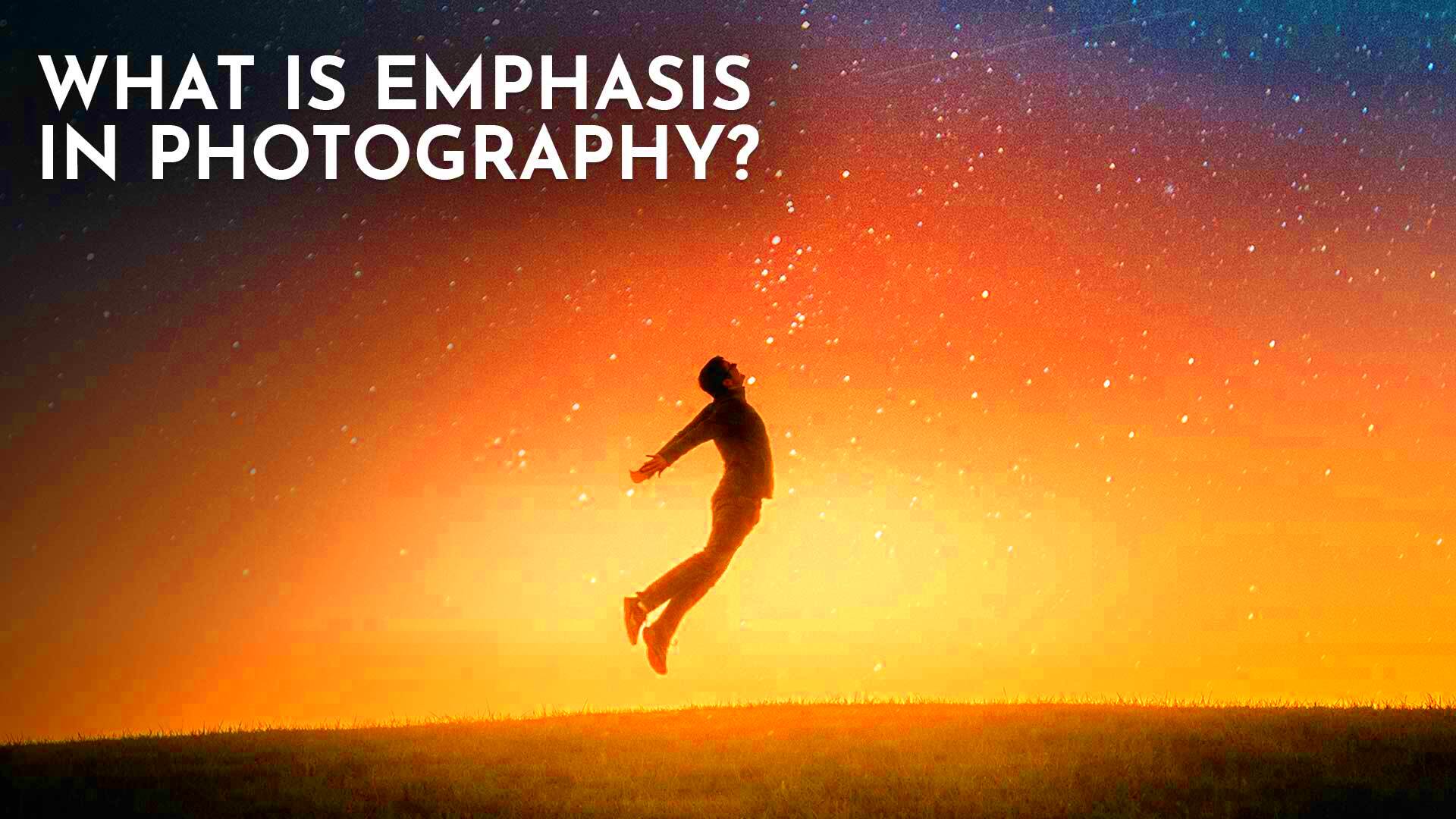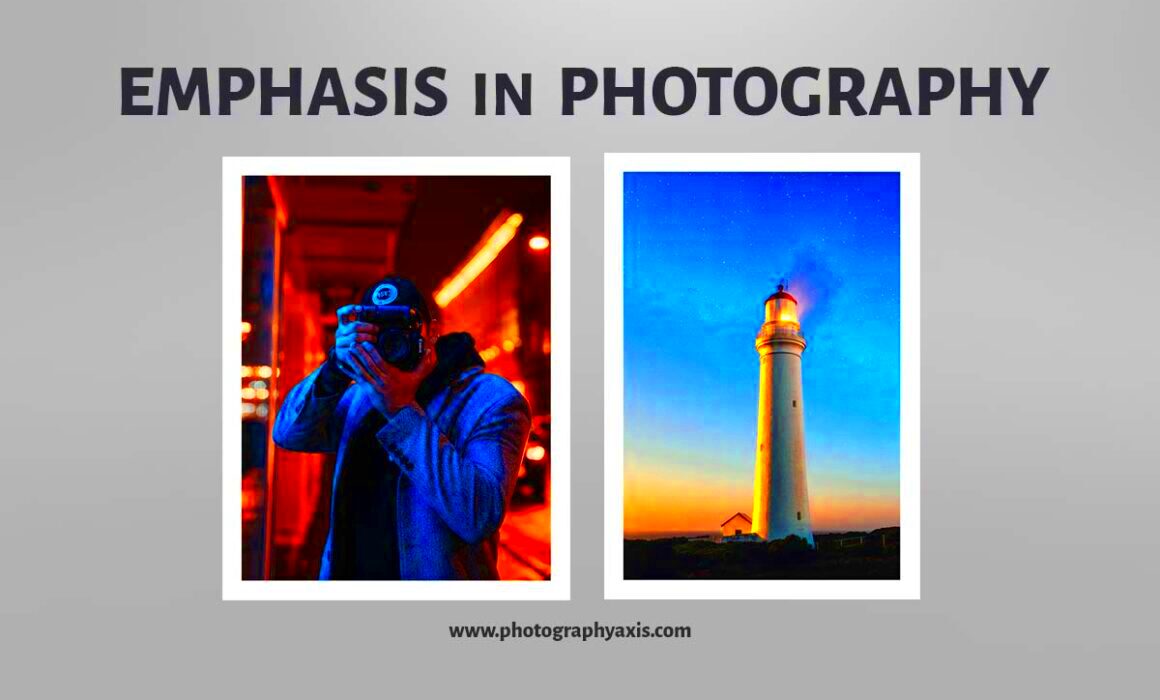Emphasizing certain elements in an image is essential for guiding the viewer’s attention and conveying the intended message. When done well, it enhances the story your photo tells. Whether you’re capturing a portrait, a landscape, or a product, showing emphasis directs focus on what matters most. In this blog post, we’ll explore techniques that photographers, graphic designers, and digital artists can use to highlight key aspects of an image. By applying these strategies, you can create visuals that truly stand out and engage your audience.
Understanding Emphasis and Its Role in Visual Storytelling

Emphasis in photography or design refers to making one or more parts of an image stand out, helping to communicate a specific point or emotion. Without emphasis, an image might feel flat, with the viewer unsure of where to look or what to focus on. Visual storytelling relies heavily on creating emphasis to guide the viewer’s interpretation. For example, in a photograph of a crowded street, the photographer might use emphasis to draw attention to a single person, thereby telling a story of that person’s emotions or actions in the context of the scene.
There are several ways to create emphasis in an image:
- Color: Bold or contrasting colors can make certain parts of an image stand out.
- Lighting: Bright lighting on a subject can make it the focal point.
- Size: Larger objects often draw more attention.
- Placement: Placing a subject at the center or a rule-of-thirds point naturally directs attention to it.
Using Focus to Highlight Key Elements in Your Images

Focus is one of the most powerful tools you can use to emphasize a subject in an image. By keeping certain parts of the photo in sharp focus while allowing others to blur, you create a sense of priority. This technique, often called "depth of field," helps direct the viewer's eye exactly where you want it to go. In a portrait, for example, focusing on the subject’s eyes while blurring the background can create a strong connection between the viewer and the subject.
Here are a few ways you can use focus effectively to highlight elements in your images:
- Shallow Depth of Field: Use a wide aperture (low f-number) to blur the background and foreground, keeping only the subject in focus.
- Selective Focus: Focus on one key element of the image while leaving the rest out of focus, such as focusing on a person while letting the surroundings blur.
- Deep Focus: Keep both the foreground and background in focus, which is useful when you want to show multiple elements in detail.
Focus isn’t just about sharpness. It’s about telling a story with what’s clear and what’s left to the imagination.
How Lighting Can Help Show Emphasis in Your Photos
Lighting is one of the most important aspects of photography when it comes to showing emphasis. Proper lighting can create dramatic effects, highlight specific areas of an image, and even evoke particular moods. By controlling how light interacts with your subject, you can draw attention to the most important elements of your photo while subtly downplaying others. In fact, lighting can completely transform an image by guiding the viewer’s eye and enhancing the focal point.
There are several ways lighting can emphasize parts of your image:
- Directional Lighting: Using a light source that comes from one side can create shadows that add depth and make your subject stand out.
- Backlighting: Placing the light behind your subject can create a silhouette effect, emphasizing the shape or outline of the subject.
- Spotlighting: A focused light source can act like a spotlight, drawing attention to a specific area or subject in your image.
- Soft Lighting: Soft, diffused light can reduce harsh shadows and highlight details, giving your subject a more flattering appearance.
Remember, the key to using light for emphasis is balance. Too much light on everything can flatten the image, while too little can leave your subject in the dark. Experimenting with lighting setups and learning to manipulate natural or artificial light sources can significantly improve your photos and help emphasize what matters most.
Utilizing Composition to Draw Attention to Specific Subjects
Composition refers to the arrangement of visual elements in your image. It plays a huge role in directing the viewer’s attention to specific subjects. A well-composed image guides the viewer’s eyes toward the most important part of the scene and helps tell a clear visual story. By thoughtfully arranging the elements within your frame, you can create a sense of balance and harmony while highlighting your focal point.
Here are a few composition techniques that can help emphasize key subjects:
- Rule of Thirds: Imagine dividing your image into a 3x3 grid. Placing the subject along these lines or at their intersections naturally draws attention to the subject without making the image feel too centered or static.
- Leading Lines: Use natural lines in your scene, such as roads, rivers, or fences, to lead the viewer’s eye toward your subject.
- Framing: Use elements in the scene, like doorways or trees, to frame your subject. This technique creates a natural emphasis on the subject and adds depth.
- Symmetry and Patterns: Symmetry or repeating patterns can be used to emphasize a subject by creating visual balance. When a subject breaks the pattern or symmetry, it stands out even more.
Good composition isn’t about rigid rules—it’s about creating a visually engaging image where the subject draws focus and communicates the intended message effectively.
Enhancing Emphasis Through Color and Contrast
Color and contrast are powerful tools for directing attention in an image. Bright colors, for example, tend to stand out more than muted ones, and high contrast between light and dark areas can make specific elements pop. By carefully selecting the colors and contrast levels in your image, you can emphasize certain parts of your composition, making your message clearer and your visuals more dynamic.
Here’s how you can use color and contrast effectively to show emphasis:
- Vivid Colors: Using bold, saturated colors like red or yellow can draw the viewer’s eye directly to those areas. These colors are typically seen first and are naturally eye-catching.
- Contrasting Colors: Pairing complementary colors, like blue and orange or red and green, can make certain elements stand out. The strong contrast between these colors naturally draws attention to the subject.
- Monochromatic Scheme: Using variations of a single color creates a more subtle emphasis. For example, a person wearing a bright red shirt in an otherwise neutral-toned image can become the focal point without overwhelming the composition.
- Light and Dark Contrast: The contrast between light and dark areas (known as tonal contrast) can make specific parts of your image stand out. Dark backgrounds with a bright subject in the foreground can create striking emphasis.
By playing with color temperature (warm vs. cool colors) and light-to-dark contrast, you can control what the viewer notices first and guide their focus throughout the image. Whether you want to highlight a particular detail or create a mood, color and contrast are essential tools for emphasizing the right elements in your photos.
Applying Depth of Field to Create Focus in Images
Depth of field (DOF) refers to the range of distance in a photo that appears in focus. By manipulating depth of field, you can create a strong sense of emphasis by making the subject of the image sharp while blurring the background and foreground. This technique, often referred to as “selective focus,” allows you to isolate the subject from the rest of the scene, guiding the viewer's eye directly to it.
There are two main ways depth of field can be applied for emphasis:
- Shallow Depth of Field: A shallow DOF is achieved by using a wide aperture (a low f-stop number like f/2.8 or f/1.4). This causes only a small portion of the image to be in focus, while everything else becomes blurred. It’s perfect for portraits where you want the subject’s face to stand out against a smooth, blurred background.
- Deep Depth of Field: A deep DOF is achieved with a narrow aperture (a high f-stop number like f/16 or f/22). This ensures that everything in the frame, from the foreground to the background, remains in focus. It’s often used in landscape photography where you want the viewer to see the entire scene in sharp detail.
Depth of field isn’t just about technical settings—it’s about using focus creatively. By choosing how much of your image should be sharp, you control where the viewer’s attention is drawn, making it an essential tool for emphasizing the right subject in your photos.
Conclusion on Effective Techniques for Showing Emphasis
In photography and visual design, showing emphasis is key to making an image compelling and impactful. Whether you're capturing a product, a landscape, or a portrait, effectively guiding the viewer’s attention is essential for conveying your intended message. The techniques we've discussed, from using focus and lighting to manipulating composition, color, and contrast, all work together to create an image that directs the viewer’s eye to what matters most.
To summarize, here are some of the most effective techniques for showing emphasis in your images:
- Lighting: Use lighting to highlight specific areas and create mood.
- Focus and Depth of Field: Control which parts of the image are sharp and which parts are blurred.
- Composition: Use techniques like the rule of thirds, leading lines, and framing to direct attention.
- Color and Contrast: Play with color combinations and light-to-dark contrasts to make elements pop.
By mastering these techniques, you can create images that are not only visually appealing but also tell a clear and focused story. With practice, you'll be able to highlight the most important elements in any scene, guiding the viewer's attention exactly where you want it.
Frequently Asked Questions
1. How can I make the background blurry in a photo?
To create a blurry background, use a wide aperture (low f-stop like f/2.8 or f/1.4). This will reduce the depth of field and make your subject stand out sharply while the background becomes soft and out of focus.
2. What is the rule of thirds in composition?
The rule of thirds involves dividing your image into nine equal sections using two horizontal and two vertical lines. Place important elements along these lines or at their intersections to create a balanced and engaging composition.
3. How does contrast help emphasize subjects?
Contrast between light and dark, or between complementary colors, helps make specific elements stand out. High contrast can draw the eye to a subject, while lower contrast can create a more subtle effect.
4. What is selective focus, and how do I use it?
Selective focus involves focusing on one specific element in the image while the rest of the scene is blurred. This technique isolates the subject and helps direct the viewer’s attention to it. Use a wide aperture for shallow depth of field to achieve selective focus.
5. Can I create emphasis without using bright colors?
Yes, you can use subtle techniques like lighting, composition, and depth of field to create emphasis. For example, a well-placed subject in the center of the frame or sharp focus on the subject against a neutral background can still draw attention without relying on color.

 admin
admin








